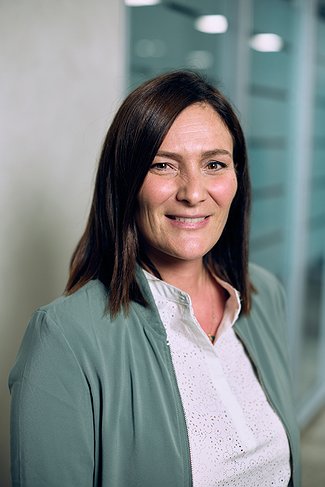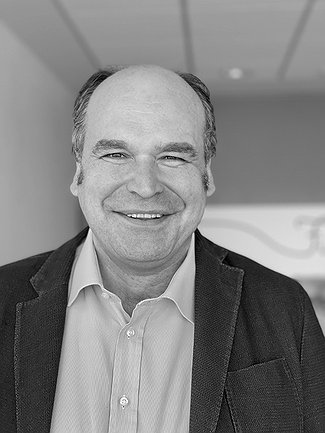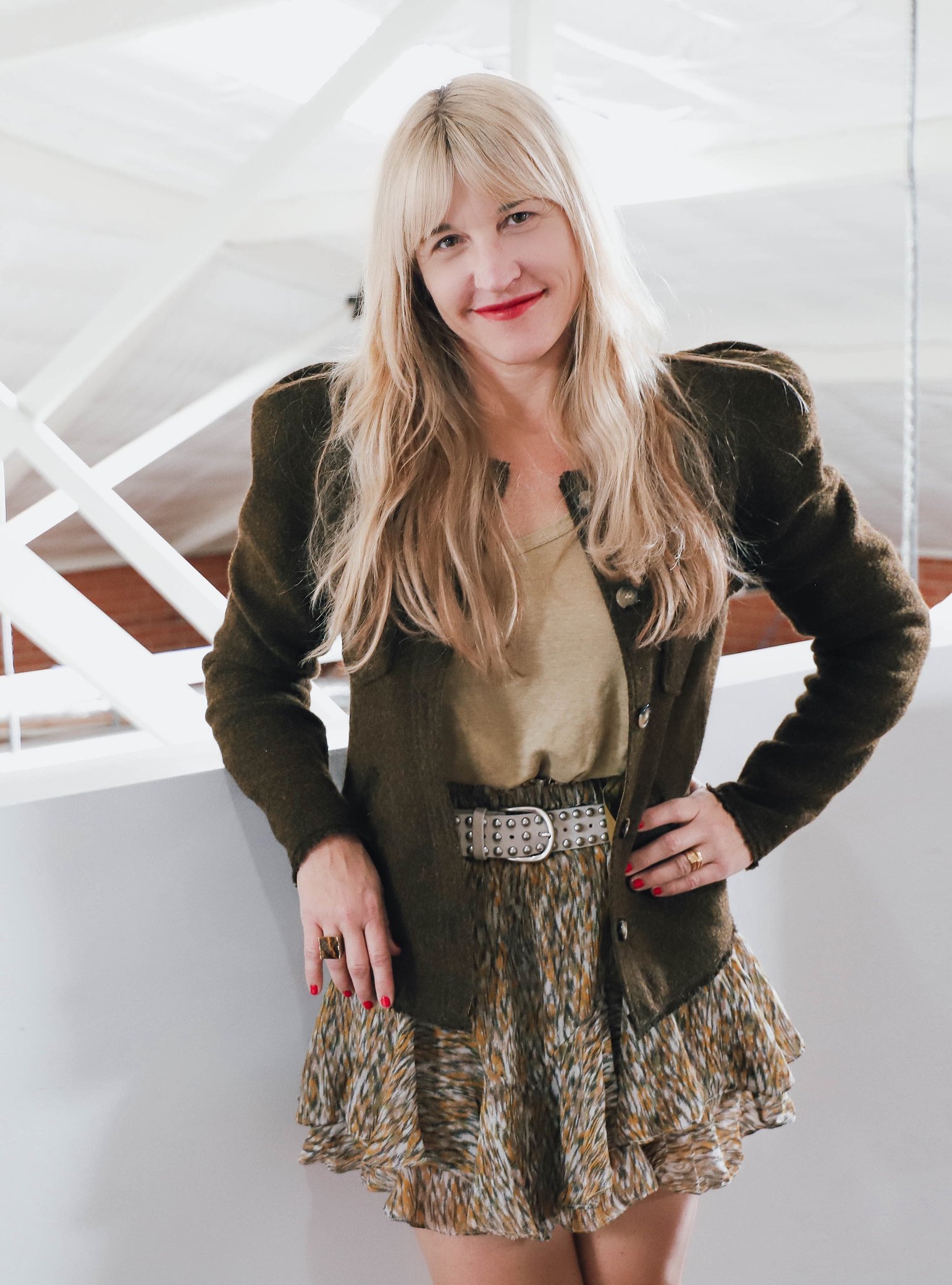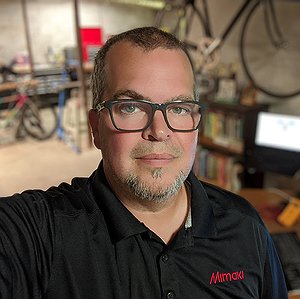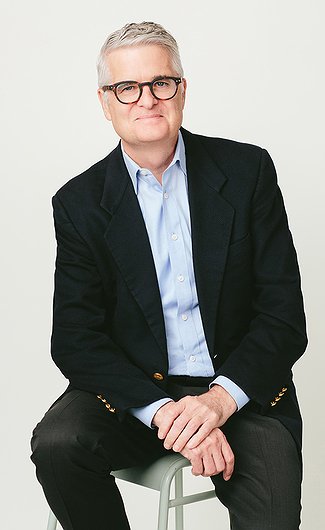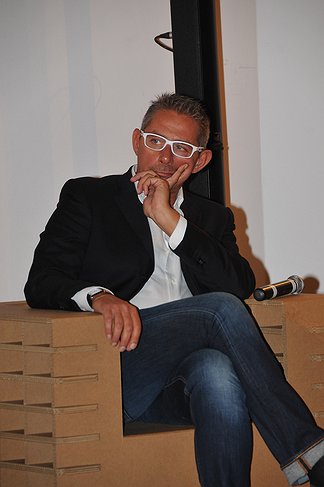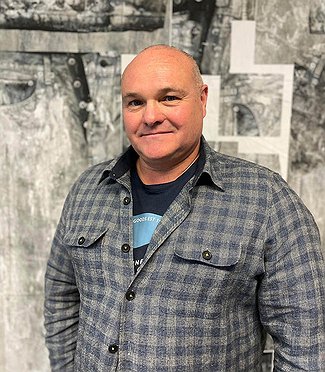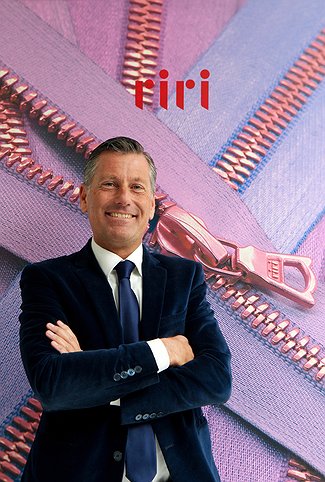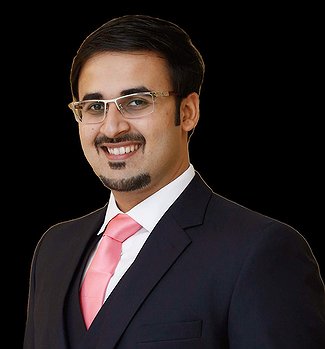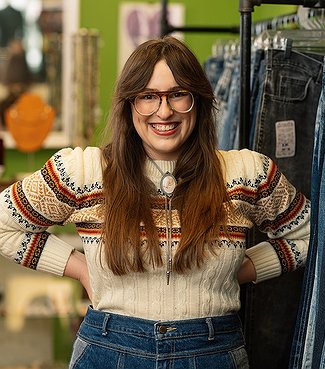INDUSTRY FOCUS: SUSTAINABILITY
Looking to the Past for Inspiration to Drive the Future
Although sustainable efforts to support modern ecological preservation and ethical practices have been gaining momentum since the 1970s, humans have typically gravitated toward a conservation mindset. Prior to the rush of fast manufacturing—whether fast fashion, fast electronics or fast automobiles—brands and consumers valued quality and longevity from the products they bought. Purchasing goods was an investment, and products were built to last.
To correct the errors of manufacturing’s move toward faster speeds, with more frequent and quicker sales, professionals across different industries, including fashion, are now attempting to right the wrongs caused by pollution, waste and employee trauma stemming from unethical practices.
California Apparel News asked fashion sustainability leaders: Reflecting on the past is an important component of moving forward. Many apparel professionals agree that a lot of work must still be done in terms of sustainability in fashion, but how far have we come over the last 15 years?
Wayne Buchen
Vice President of Strategic Sales
Applied DNA Sciences
Fifteen years ago the industry was talking about sustainability, carbon footprint, exploring recycled materials and finding ways to tell a great story about being responsible companies and the impact it has on the environment.
The industry is more aware of the issues and implemented strategies addressing raw-material development; the use of waterless dyeing, natural dyeing and the tracing of the origin of materials; water-treatment facilities; using recycled rainwater to run generators; solar and wind power. The recycling and upcycling of garments, fabrics, manufacturing waste and scraps have been embraced.
We at Applied DNA Sciences have embraced the challenge to tag raw materials at source and drive the traceability through our Certain T Platform. Manufacturers, brands, wholesalers and big box have all embraced the ability to trace products from inception to finished product and thus help to measure and monitor the use of these sustainable materials.
Carlo Centonze
Chief Executive Officer
HeiQ Group
Brands today are more aware than ever of their environmental footprint, with many trying to adopt more-sustainable materials and reducing waste through recycling programs and conscious sourcing.
Fast fashion remains a major challenge, driving overproduction and excessive waste, mostly of cheap bioaccumulative and persistent polyester, whether from recycled sources or not.
As a glimmer of hope, there have been breakthroughs, like the rise of plant-based fibers, closed-loop production systems and innovative recycling technologies. However, scaling these innovations to industry-wide practices remains a major challenge, as in their ramp-up stage to volume and economies of scale these future-proof textiles end up costing the brands a few percent margin more. True sustainability will require a complete shift to circular models, zero waste and long-term partnerships to scale green technologies to volumes that meet market prices with innovations like HeiQ AeoniQ.
Paola Corna
Co–Chief Executive Officer
ACM
Process innovations and choice of materials were once selected by the business owner who understood the ecological or even economic benefits. For example, since 1992, our site facility has been equipped with a system that sanitizes and recirculates used water, which is then changed every seven years. This choice was made not to adhere to a protocol or certification but because it was deemed right by our management and by our father.
Today we are also guided by clearer rules and shared regulations, especially regarding certifications. We test our products daily at accredited bodies to ensure chemical and physical compliance with the brands’ P-RSL and M-RSL and to propose increasingly sustainable accessories. The human aspect is certainly not secondary to the ecological one, and soon we hope that these kinds of practices will also be regulated.
Jesse Daystar, Ph.D.
Vice President, Chief Sustainability Officer
Cotton Incorporated
The apparel industry is undergoing a significant transformation driven by changing legislation, brand goals and shoppers’ interest in sustainability and greater transparency. This shift is evident in the growing preference for natural fibers like cotton and post-consumer initiatives like Cotton’s Blue Jeans Go Green denim-recycling program. Brands are adopting circular business models, becoming more aware of plastic pollution and recognizing consumers’ preference for natural fibers.
According to Cotton Incorporated’s Lifestyle Monitor research, 94 percent of consumers say quality garments are made from all-natural fibers such as cotton. Forty-five percent of all consumers say they’re aware that clothing microfibers are polluting oceans and waterways, growing significantly from 27 percent in 2018.
While encouraging, scaling these practices remains a challenge. Our research shows the apparel industry could reduce a garment’s environmental impact by 30 to 50 percent or more through strategic interventions like widespread adoption of regenerative agriculture, increased processing efficiency and a transition to renewable energy.
Andreas Dorner
General Manager
RE&UP
Looking back over the past 15 years, the fashion industry has made important progress in sustainability though challenges remain. At RE&UP, while we officially launched last year, our journey has been built on over a decade of research and innovation aimed at solving one of the toughest issues in the industry: textile-to-textile recycling, particularly with blended fabrics. We’ve invested significant time and effort in developing large-scale solutions.
What’s also encouraging is the growing role of regulation. For many years, sustainability efforts relied on voluntary guidance, but today we’re seeing real accountability through new policies that are pushing the industry to do better. This shift is crucial for driving meaningful change. With technology advancing and regulations evolving, we’re optimistic that the fashion industry is moving closer to a truly more sustainable future.
Jennifer Evans
Founder
The Evans Group
TEG was founded on sustainability and responsibility in 2005, long before they became trending topics. It’s exciting to see the progress being made and the growing focus on these important issues; however, there’s still plenty of opportunity for meaningful change that goes beyond just brand visibility.
Upcycling and management of dead stock, fair wages and social responsibility, and environmental responsibility for fabrics are all mainstream topics and are crucial conversations buzzing within the industry, but to create lasting impacts we need innovative business models that prioritize genuine sustainability. While the apparel industry can be competitive and rooted in capitalism, there is great potential for brands to embrace concessions to allow for truly sustainable change instead of simply participating in greenwashing.
Andrea Ferris
Co-founder and Chief Executive Officer
CiCLO technology
Significant progress takes time but is indeed happening.
In 2005, my first textiles-related assignment was to research PFOA, a PFAS—a per- and polyfluoroalkyl “forever chemical” used in a stain-release finish for fabrics. The information available was technical, unclear and often contradictory, yet it was evident that PFOA was unsafe, and therefore we sourced alternative chemistries. Fast forward to 2024 and bans, labeling and reporting requirements on PFAS, are being implemented worldwide.
Synthetic microfiber—microplastic—pollution, is on a similar trajectory. Almost all fabrics unavoidably shed during manufacture, care and use, and the fibers end up in the environment through many pathways. Today it is well documented that synthetic textile fibers are the most prevalent form of microplastic pollution. Research emerged around 2012 sparking the idea for our now globally commercialized solution—CiCLO technology.
Jen Hodo
Business Development Manager
Birla Cellulose USA
The last 15 years have seen sustainability in the fashion industry morph from relatively unknown to niche “nice to have” to a critical consideration. More brands now emphasize responsible materials and promote increased transparency and accountability in their supply chains. Sustainability certifications and standards help to create a framework for responsible sourcing, production and environmental stewardship.
Though advancements in awareness, technology, innovation and standardization have driven the industry forward, the gap between intentions and large-scale action persists and the trajectory is uncertain. Fast fashion and overconsumption remain dominant, and the pressure for profitability still hinders true progress. Achieving genuine sustainability requires industry-wide collaboration and cooperation, long-term investment, and a willingness to prioritize environmental and social impact over short-term gains.
A solid foundation has been laid, but continued commitment and bold changes are essential for creating a genuinely responsible and regenerative future for fashion.
Josh Hope
Director of Marketing
Mimaki USA
On the manufacturing end there are several initiatives that textile producers are taking to continue progress toward sustainability. Digital textile printing is an evolutionary process that significantly reduces the amount of wastewater required for traditional analog textile production.
The dyeing process is complex, requiring specialized skills and knowledge, and the investment of dyeing equipment requires large-scale wastewater-treatment facilities, limiting the location where they can be installed.
Mimaki TRAPIS—Transfer Pigment System—is a digital textile printing system that starts with a wide-format transfer sublimation printer engineered specifically for textile applications. A design printed on special paper is transferred to the fabric using a heat-transfer machine to complete the textile printing process. This digital process generates almost no wastewater, just the amount in the waste ink generated by the printer’s automatic maintenance function.
Eddie Ingle
Chief Executive Officer and Director
UNIFI
Significant strides have been made in creating a more sustainable synthetic-apparel industry, primarily by moving to recycled inputs. We started REPREVE almost two decades ago by transforming plastic bottles and pre-consumer waste into virgin-like recycled-filament polyester yarn.
Our innovations allow us to facilitate at a mass scale to drive measurable impact and change in the industry. We found the market was also looking for traceability and transparency. To address this need we developed our tracer technology, called FiberPrint, which is backed up by our U-TRUST verification system. The market was also looking for clear, measurable data on the positive impact they could see switching to REPREVE. Our REPREVE products LCA data show more than 60 percent reductions in GHG emissions and consumption of fossil fuels.
Achievements like launching our REPREVE Takeback textile-to-textile recycling program, or reaching milestones like recycling over 40 billion plastic bottles, underscore the importance of continued innovation and dedication in the pursuit of a more sustainable future.
Irys Kornbluth
Co-founder and Chief Operating Officer
Everywhere Apparel
Consumers feel empowered to demand that brands discuss how they operate their supply chains, who makes the products, what labor practices are there, and how socially and environmentally sustainable their supply chains are.
A decade ago, social media was still growing, brands were just getting profiles, and users weren’t used to interacting with them so directly. Social media really helped to reshape that. Now people share information seamlessly so they feel they deserve more information from the companies they’re buying from.
For my company, Everywhere Apparel, transparency is everything. We apply QR codes to each garment providing end-of-use recycling instructions that allow us to reclaim materials, practice circularity and engage consumers with our supply chain. We’re empowering people to participate in sustainability and enabling brand partners to handle extended-responsibility legislation like in the EU and what’s developing right now in California.
Dr. Cindy J. Lin
Co-founder and Chief Executive Officer
Hey Social Good
Once some of the obscure problems were identified and highlighted by distressed consumers, some in the fashion industry started to work on making changes. For instance, just three to five years ago apparel 3D printing was considered cutting edge, but few used this tool. Today, brands and suppliers incorporate 3D printing because it’s efficient, cuts down on cost and significantly reduces waste materials that would otherwise be landfilled or burned.
Fifteen years ago there was no transparency in the supply chain. Today, European Union countries require and regulate supply-chain transparency and accountability. Similarly, in the U.S., states like California, Washington and New York have established policy to assign producer responsibility.
Our immediate future must be fashion circularity in action and not just in discourse.
Marco Lucietti
Director of Strategic Projects
ISKO
The past 15 years have been an exciting and transformative time for the fashion industry with increasingly clear and tangible sustainability challenges. Fifteen years ago, sustainability was hardly a topic of serious discussion in the industry, but landmark moments like the first Copenhagen Fashion Summit marked the beginning of a shift.
Since then, we’ve seen a growing momentum, with ISKO at the forefront, adopting advanced technologies to reduce environmental impact, from water-saving techniques to the use of recycled and responsibly sourced materials. Today, sustainability is no longer just a conversation—it’s an expectation.
As regulations evolve, and with brands and consumers alike demanding more transparency and accountability, we are more motivated than ever to lead the way toward a more sustainable future for fashion.
Philippe Mignot
Project Manager
NextPrinting
Progress has been made and is being made, and the recent creation of our company is a confirmation of this. Fifteen years ago it would have been impossible, or at least very hard, to propose to denim brands to digitally produce printed garments that were technically not denim.
Today, this prejudice has mostly been eliminated, and even historic and influential brands are welcoming this kind of business opportunity. In fact, when a company’s initial concrete barriers are broken down, it undoubtedly ensures that objective and more-environmental benefits can be understood.
To digitally print a pair of jeans, three liters of water are used per garment compared to the average of 50 or more that are used for traditional garment effects and finishes. The final result is what really makes the difference. If you can ensure an aesthetically competitive garment, then you can challenge previous production models. And this is a reminder to anyone tackling the issue of sustainability in our industry. We must never forget that the goal of fashion is aesthetic satisfaction.
Nantas Montonati
Head of Sales and Marketing
Oerlikon Luxury
Oerlikon Luxury was born out of Riri’s expertise and history. In its 90 years, Riri has driven technological and sustainable innovation.
Since the mid-1990s Riri has developed and patented cutting-edge technologies; increased the use of recycled, organic and sustainable materials within its production; encouraged the use of single-material accessories, which are easily managed at the end-of-life product stage; obtained numerous certifications; and also included renewable energy sources.
Riri has accelerated its transition to new processes related to surface finishings, specifically the PVD—Physical Vapour Deposition—process. This is a physical process that significantly reduces a company’s environmental impact. Compared with galvanic processes, PVD is chemical free. There is no trace of heavy metals in the wastewater. Water consumption, greenhouse-gas emissions and waste generation are greatly reduced.
Lewis Perkins
President and Chief Executive Officer
Apparel Impact Institute
Over the past 15 years the apparel industry has made notable strides in addressing sustainability challenges, particularly in investing and scaling decarbonization efforts.
Today there are over 500 apparel, footwear and textile companies with approved science-based targets or commitments to set them. These sustainability targets are increasingly global, and more recently these targets are being set across an entire value chain.
The Apparel Impact Institute has created direct impact through its work in identifying, funding and scaling proven quality solutions with our flagship. Since Aii’s inception in 2017, we have reached 1,070 producers, reflecting the industry’s drive to decarbonize and pursue a more environmentally friendly way of operating.
Last year Aii worked with over 200 facilities in key manufacturing hubs including China, Vietnam, Bangladesh and India, achieving an average of 8.1 percent reduction in energy use.
Alexa Raab
Director of Communications
CovationBio
Information is power. We’ve placed an emphasis on educating our team and partners throughout the value chain about the most important issues facing the apparel business, and the power of that information has translated down to the end consumer.
The biggest shift is with the end consumer’s understanding around the impact of their purchases. They know they have the power to support our efforts for waste reduction. Consumers are asking more questions about not only how their clothing and footwear are made but also by whom and where it ends up after they are done with it. There is sensitivity around greenwashing, and because of their increased level of education and information they are incredibly aware of what greenwashing looks like in the apparel business.
Raffay Rauf
Head of Sustainability
Sapphire Mills
Heightened awareness and shifting legislative expectations have driven brands and ultimately manufacturers and suppliers to rethink their environmental and social responsibilities. Key legislations like the EU Ecodesign Directive, Modern Slavery Act and Paris Agreement have played a critical role in pushing for change. Initiatives like the Sustainable Apparel Coalition’s Higg Index and the Global Organic Textile Standard further promote sustainable practices.
The Uyghur cotton issue has also spurred greater transparency and traceability in global supply chains. As a result, suppliers even in developing countries are now more conscious of sustainability than they were 15 years ago.
Still, fast fashion remains a dominant force. McKinsey reports that consumers purchased 60 percent more clothing in 2014 than in 2000 but kept items for half as long, intensifying environmental strain. Solutions like circular-economy models, where clothes are designed to be reused, recycled or made biodegradable, can transform fast fashion into sustainable fashion.
Anna Sammarco
Senior Director Business Development and Strategy
Circulose
We understand the critical issues facing our world and the factors contributing to them. While potential solutions are emerging, no bold actions have been taken. The largest impact on the fashion supply chain comes from raw materials, and innovation in materials and technologies holds a significant part of the solution. However, progress is often slow and incremental. Incorporating sustainability into design remains a challenge, with truly sustainable materials often costly and less accessible. Brands must remain tenacious in their vision, never compromising on quality or sustainability. To truly disrupt the fashion industry and create lasting, positive change, we need to move beyond incremental steps and focus on scalable solutions that deliver real impact.
Carolina Sister-Cohn
Global Marketing Leader for Textiles
Eastman
Naia from Eastman was born five years ago, and our goal has always been about creating the possibility for sustainable fashion. We want to make sustainable style accessible to everyone. In our short experience we are witnessing how times are changing at dizzying speeds and how many resources need to be invested in research. We are privileged to be part of a group with a more than 100-year history that is completely devoted to sustainability and circularity. Over the past five years we have worked hard to increase the recycled content in our fibers. We achieved up to 60 percent of recycled content with Naia Renew ES, but our goal is to always improve and take this percentage higher and higher, offering products at an affordable scale for everyone.
Melissa Stewart
Vice President of Product Management
The LYCRA Company
The industry is much more aware of the need for change and the specific areas and levers that we need to focus on. For example, at the recent Cascale conference in Munich, research from Higg data indicated that 80 percent of emissions were coming from 10 percent of member companies and their supply chains and the bulk of those emissions were emanating from nine countries. These data can allow the industry to take critical action where needed.
In August, SBTi approved our near-term science-based emissions-reduction targets to reduce greenhouse-gas emissions, and we are already making excellent progress against these goals. Our latest innovation, a bio-derived LYCRA fiber launching in the first half of 2025 made with 70 percent renewable content derived from field corn will reduce the use of finite resources and lower the carbon footprint of LYCRA fiber.
Emily Stochl
Vice President of Advocacy and Community Engagement
remake.world
Disasters like the Tazreen and Ali Enterprises factory fires in 2012 and the Rana Plaza factory collapse in 2013 were entirely preventable. In many ways they led to the International Accord, which today protects over 2 million workers in Bangladesh and Pakistan.
After years of grassroots campaigning, the Garment Worker Protection Act passed into law in California in 2021, addressing the root causes of systemic wage theft in apparel manufacturing by eliminating the piece-rate system of pay and holding fashion brands jointly liable for workplace violations. This led to the introduction of the proposed federal FABRIC Act, which builds on its precedent-setting workplace protections with additional major incentives to accelerate responsible, domestic apparel manufacturing. Currently, the FABRIC Act has 380-plus business endorsements, nine Senate co-sponsors, 21 House co-sponsors, and its passage would mark another major milestone in the journey of sustainability in fashion.
Andrea Venier
Managing Director
Officina39
In the last 10 to 15 years I think the industry has significantly improved, most certainly in terms of education. Today, we have achieved an increasingly greater level of awareness surrounding our environmental impact. This has enabled us to determine the consequences of our choices at all levels of the supply chain.
I mention education because I believe that theory is the first and most important piece of this process from which good practices can emerge. One important practice is reducing the use of hazardous chemicals every year. It is an obvious issue that greatly concerns us. The UN 2030 Agenda played an important role. It helped us to set more-concrete goals and introduce a more conscious approach.
Luciano Vivolo
Founder and President
Vivolo
The company was founded in the 1970s from an idea that, today, would be defined as “sustainable.” However, in those times, it was related to the need to get the most out of the available resources. To repair my child’s trousers, I made patches from scraps of leather that I would cut in the evening to earn some extra money after I finished at my day job.
From this simple lesson in home economics, a company was born that, throughout the decades, went through thousands of kilometers of leather. And never forgetting that making the best out of the available resources is the secret to a successful business.
Today, we call it “sustainability,” but I believe that running a company ethically is innate to many people, and nowadays it can be easily validated through certifications and data that help companies to focus on concrete objectives.
Sherry Wood
Director of Merchandising and Design
Laguna Fabrics
Investing in our sustainability goals for over 15 years, Laguna Fabrics has made notable strides toward the environment, which is why we are a leader in eco fabrics in California. With six notable third-party certifications, this allows us to validate all recycled and organic materials.
Increased awareness and advocacy about the environmental and social impacts of fashion have grown exponentially. Raising public consciousness about unethical practices, excessive water use, pollution and textile waste helps educate our brands on how to act.
We are also encouraging our brands into circular fashion models that emphasize reusing, recycling and extending the life of a garment. This and supply-chain reform help us in tracing the origins of our fibers and ensuring ethical labor practices.
Responses have been edited for clarity and space.



